"Step vans"
|
This post was updated on .
I've been looking for an ES-friendly travel vehicle, and stumbled on these:
https://minneapolis.craigslist.org/ank/cto/d/for-sale-1998-chevrolet-p32/6611900071.html 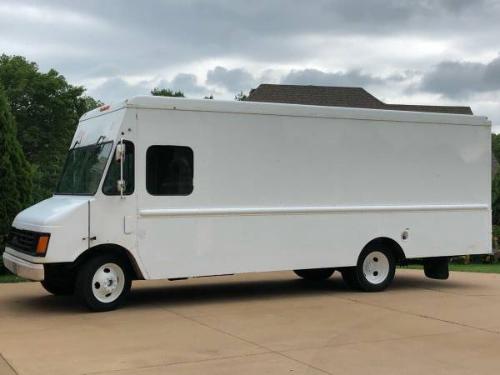  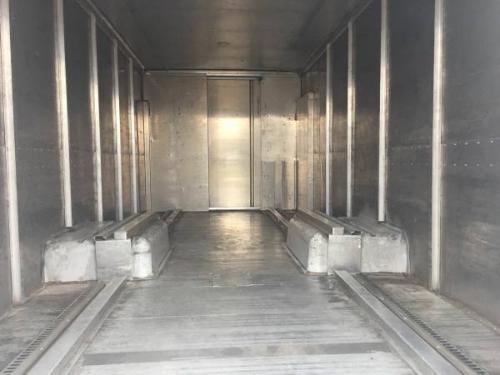 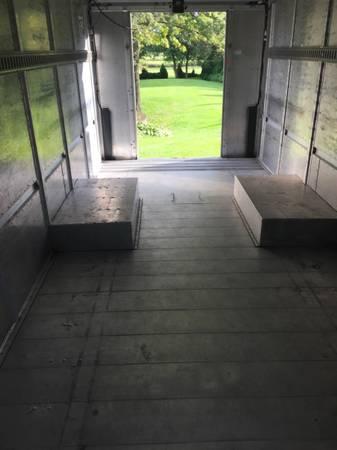 Things I like: - they're available with diesels - the cargo bay looks easy to shield / may already be well shielded - there's a doorway between the cabin and bay - used ones seem to have held up well It'a hard to find that combination where I live (upper Midwest). Comfortable vehicles like conversion vans and RVs are hard to shield and usually have gasoline engines; easy-to-shield vehicles like box trucks and delivery vans tend to be in rough shape and aren't easy to convert into a living space. These vans seem to be pretty widely available: https://duckduckgo.com/?q=site%3Acraigslist.org+step+van+diesel&ia=web I will probably go look at one, and will bring my AM radio. |
|
Looks like an excellent option.
Why AM radio? |
|
This post was updated on .
Because I need to buy a new meter to replace one I lost.
At least with the radio I can estimate how well it blocks AM and FM signals. If it blocks those, then it will also block GSM. I still need a gauss meter to measure how strong the field from the starter motor is, but what's more important to me is that the fields are low when I'm trying to sleep. |
|
I was gonna suggest that it would be better to just use your cell-phone
to measure signal strength while inside the car, but then again-you may not have a cell-phone at all..? Guess the rubber in the door openings will be where most of the radiation gets through. |
I do have one, but I only use it with a headset, extension cord and low-pass filter. I'm planning to bring it, but I'm not sure if I'll need it. Perhaps adding a flexible metal contact inside of the gasket (where it won't corrode) would work. Do you have any suggestions? |
|
It looks like it has a wooden floor.
Do not under-estimate what emfs will manage to enter from underneath. The mobile phone call test didn' t work in a solid steel seacontainer, i guess because of the open bottom. Most modern cars ( a van from 1998 is probably still not too bad ) are rather unbearable, you have to test-drive them over longer distances and feel your response. Meters are not going to be of that much use ( in my opinion ) when these only register relatively weak signals, which may still be problematic. Apart from shielding the floor, adhesive transparent shielding of the windows seems a good idea and would be easy to do with this chevrolet van with its flat windows. |
|
In reply to this post by Karl
OK, here's what I'm planning to try for the doors:
https://www.amazon.com/Stainless-Steel-Braided-Sleeving-304SS/dp/B007KA7FZG I've seen it used on oven gaskets, and I think it will be OK for the sliding doors as well as the hinged ones. I don't know what type of window film to use, though. It would be nice to seal it along the edges with 3M conductive tape, but some of the specialty RF-blocking films have a coating over the metal that would prevent the tape from making contact. Does anyone have ideas? You can also buy glass with a fine wire mesh built into it, but I assume that it's expensive. |
|
Hi Karl.
Have you bought one of these vehicles by now? I am thinking it might be easier to see what works or not once you have it in front of you and can try out different solutions. |
|
No, I haven't bought one yet.
|
|
In reply to this post by Karl
Here's an example of what you can do:
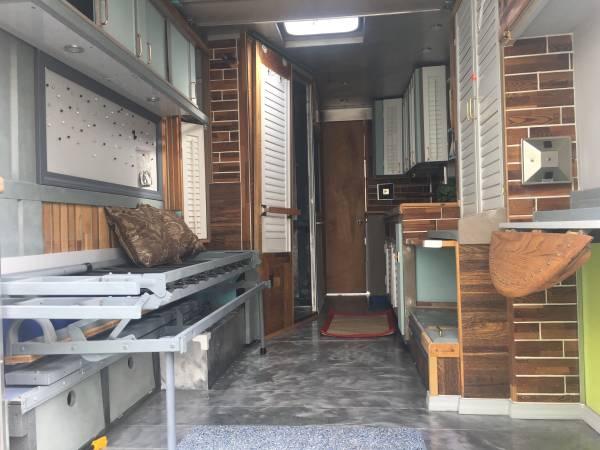 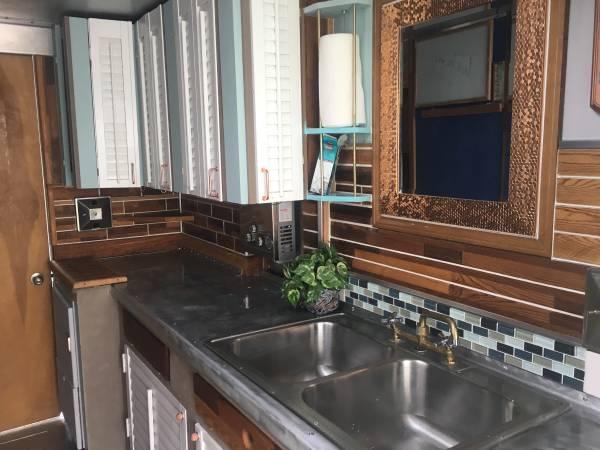 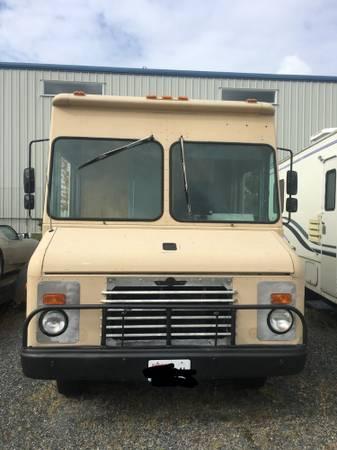 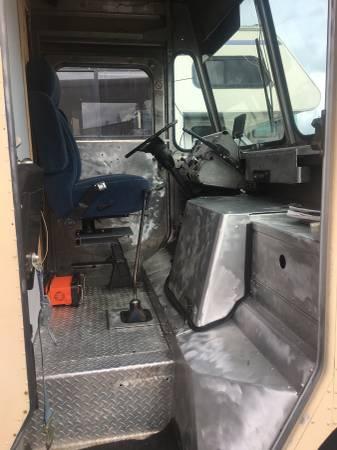 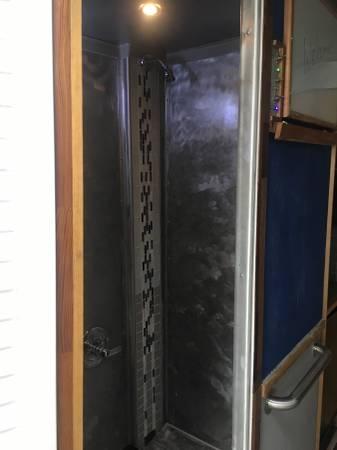 This particular van is propane powered (meaning that it has spark ignition) and the body is very old. If it were a little newer and had a diesel engine, I might very well have bought it. (https://bellingham.craigslist.org/rvs/d/rv-step-van-conversion/6697400615.html) |
|
This post was updated on .
In reply to this post by Karl
I just tested a van of this type, and it was not very good (as per my Cornet in the RF mode).
There were some features that may have compromised the bay's ability to act as a shield: It had a wire running into it for a light, and also a backup camera that may have been wired in a way that passes through it. The door between the cab and the bay had large gaps along its edges. I also did the tests with the engine on, so the other electronics in the van could have made things worse. (It's pretty cold in Minnesota right now, and I just returned from a long trip, so I was kind of hasty in doing the tests). At this point don't know whether it will be a good option or not. I have an opportunity to have a mechanic inspect it before buying, and I think that I can do some non-destructive and temporary changes at the same time that would tell me if it can be made into something useful for a reasonable cost (or amount of work). |
|
Have you thought about getting a shipping container, or do you need it to be mobile?
Some metals cause issues to EHS people, so even if you don't measure anything, you may still have problems.. not sure how that works and why it's like that.. Maybe the shield wasn't continuous enough, and something was coming in that was not measured.. especially ELFs... also, mixing materials seems to be bad, but I am not sure yet.. if one wall is stronger than another wall, then something could come in through one wall and then get stuck because it can't go through the other one.. I'm not sure if these boxes and containers have same thickness of material in the roof and also in the walls?.. |
|
Shipping containers usually have corrugated sides, which I think might make them less effective. (The eddy currents have to take a longer path.) On the other hand, the steel is pretty thick, so that might offset it a little.
Another option is an old semi trailer. I'll try to measure a few different vehicles and trailers and post what I find. |
I take that back. I just looked at a bunch of them on the highway, and the corrugations are pretty mild on most of them. More a zig-zag cross section. |
|
In reply to this post by Karl
I finally bought one, and here's what I can say so far:
- The aluminum body is very thick and it blocks most of the AM radio noise from the alternator and most of the noise from a nearby power line. (That suggests that the AM radio is picking up E-fields.) - There's almost no AM noise coming from the instrument panel or the wiring in the cab when the engine is running. - Cellular signal drops by 1-2 bars in the cargo bay, even though the van didn't come with a metal partition between the cab and the bay, and I haven't done anything yet to improve the shielding. - The wiper motor is easily accessible and could be shielded with electrical steel or moved farther away from the driver. (Moving it would require adding a rubber belt to drive the wipers, since they can't be moved.) - There's almost no plastic in the interior. - The inside is 6'10-1/2" tall (2.09 meters) and about 7' wide (2.13M). There are other models that are a foot wider or 3-4" taller. - It handles better than I expected in snow. - The manual transmission in mine emits little or no noise and isn't too hard to shift. (The "granny" and reverse gears are low enough that you can maneuver in tight spaces by just feathering the clutch.) Here's a size comparison with a Chevy Express: 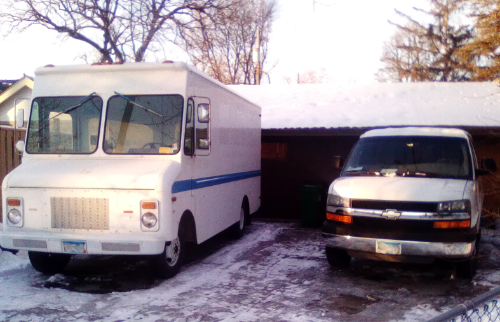
|
|
A few other things:
- Mileage is supposed to be tolerable with the Cummins 4BT engine, about 16 mpg (14 l/100km). - The body is 1/8" thick (3mm), or 125 times the thickness of heavy duty aluminum foil. - The windshield washer is probably fully mechanical (spring loaded piston that you operate by hand). - The engine is fully mechanical, i.e. no spark plugs (it's a diesel) and no electronic controls. Most of these vans came with automatic transmissions. I opted for one with a manual because automatics sometimes have dirty electronic controllers, but it was a close call. (In a perfect world I'd rather not drive a big truck with a stick in snow and ice.) Also there are four other fully mechanical diesel engines that were common in midsize trucks and vans: The Cummins 6BT, the Detroit Diesel V8 (General Motors) 6.2 and 6.5, and the International 7.3 IDI. Any of those might be ES-safe when the alternator isn't running. |
«
Return to ES
|
1 view|%1 views
| Free forum by Nabble | Edit this page |

